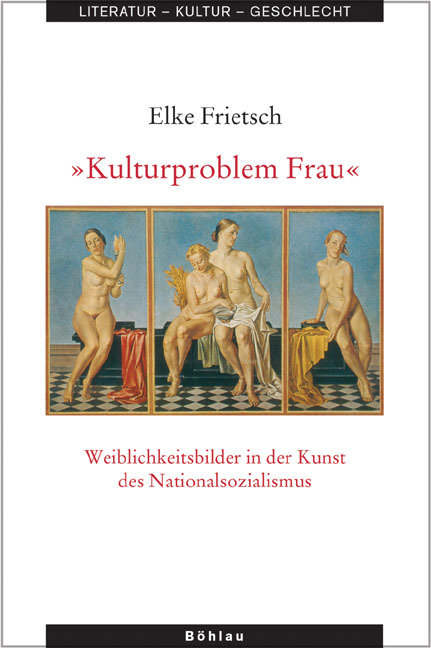»Die Erscheinung der Frau ist zu allen Zeiten ein Kulturproblem gewesen...Geist, Niveau und Formgefühl einer Zeit bekunden sich an ihr.« - Dieses Zitat aus einer deutschen Kunst- und Kulturzeitschrift aus dem Jahre 1940 bringt zum Ausdruck, dass die nationalsozialistischen Theoretiker davon ausgingen, am »Bild der Frau« lasse sich der Zustand einer Kultur ablesen. Sie assoziierten »Weiblichkeit« mit »Natur« und setzten die jeweiligen Ideale mit den gesellschaftlichen Entwicklungen gleich. Die Autorin nähert sich diesem Phänomen, indem sie Bild- und Textmaterial aus Kunst- und Kulturzeitschriften, Unterhaltungsillustrierten und Parteiblättern analysiert. Dabei berücksichtigt sie insbesondere die Frauenbilder in der Reklame, Karikatur, in der Pressefotografie sowie in der Malerei und Skulptur. Für ihre Betrachtungen hat sie den Zeitraum von 1925-1945 ausgewählt, wobei Werke renommierter Künstler der NS-Zeit wie Adolf Ziegler, Paul Padua, Arno Breker oder Josef Thorak in den Blick rücken. Deren Körperideale befragt sie auf ikonographische Bezüge sowie Abgrenzungen zu Antike und Renaissance, der Kunst des 19. Jahrhunderts und der Zeit der Weimarer Republik. In ihrer reich bebilderten Studie kann Elke Frietsch damit systematisch nachzeichnen, wie Geschlechterbilder in der Kunst des deutschen Faschismus zu staatlichen und ideologischen Repräsentationszwecken eingesetzt wurden und wie führende Nationalsozialisten den »Volkskörper« als Gesamtkunstwerk inszenieren wollten.


